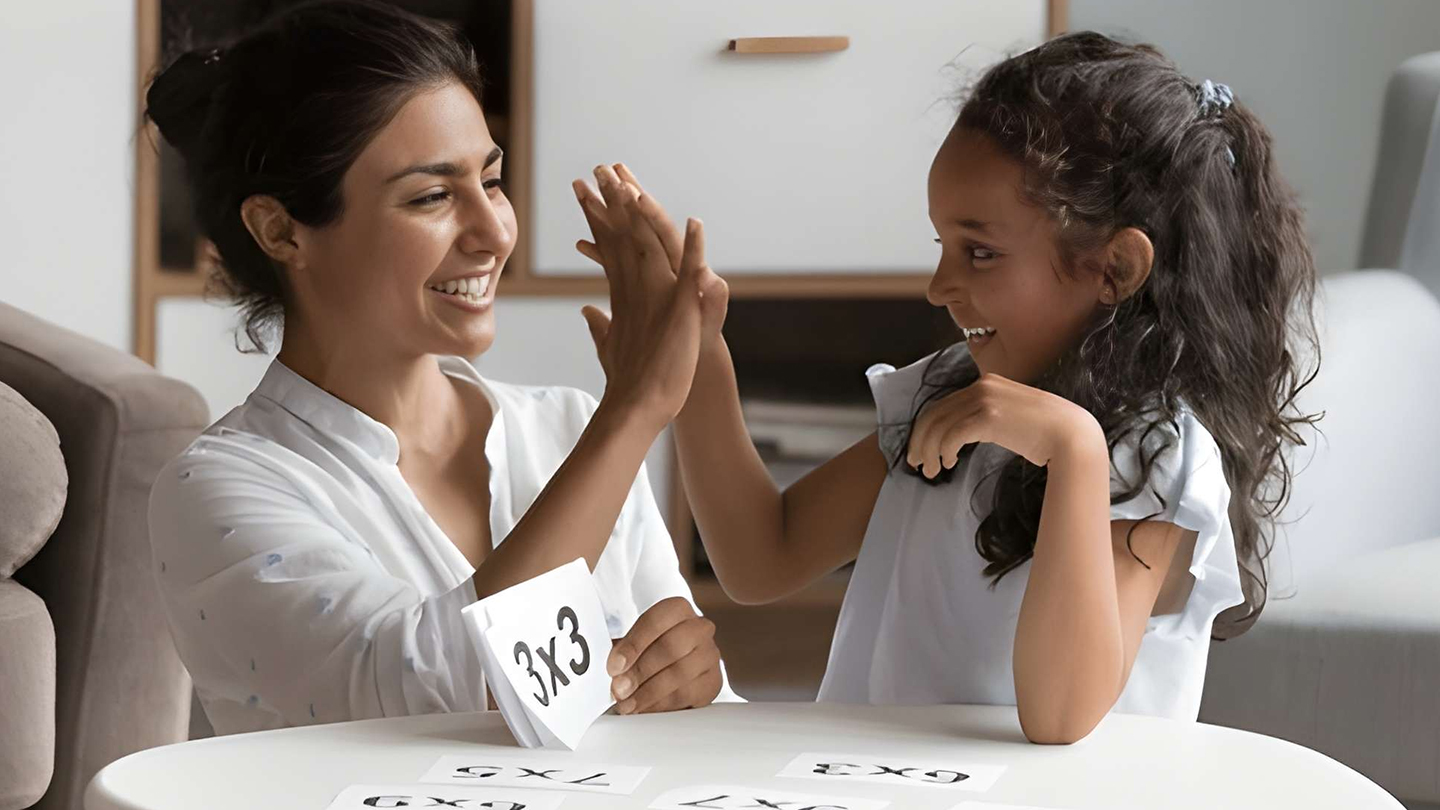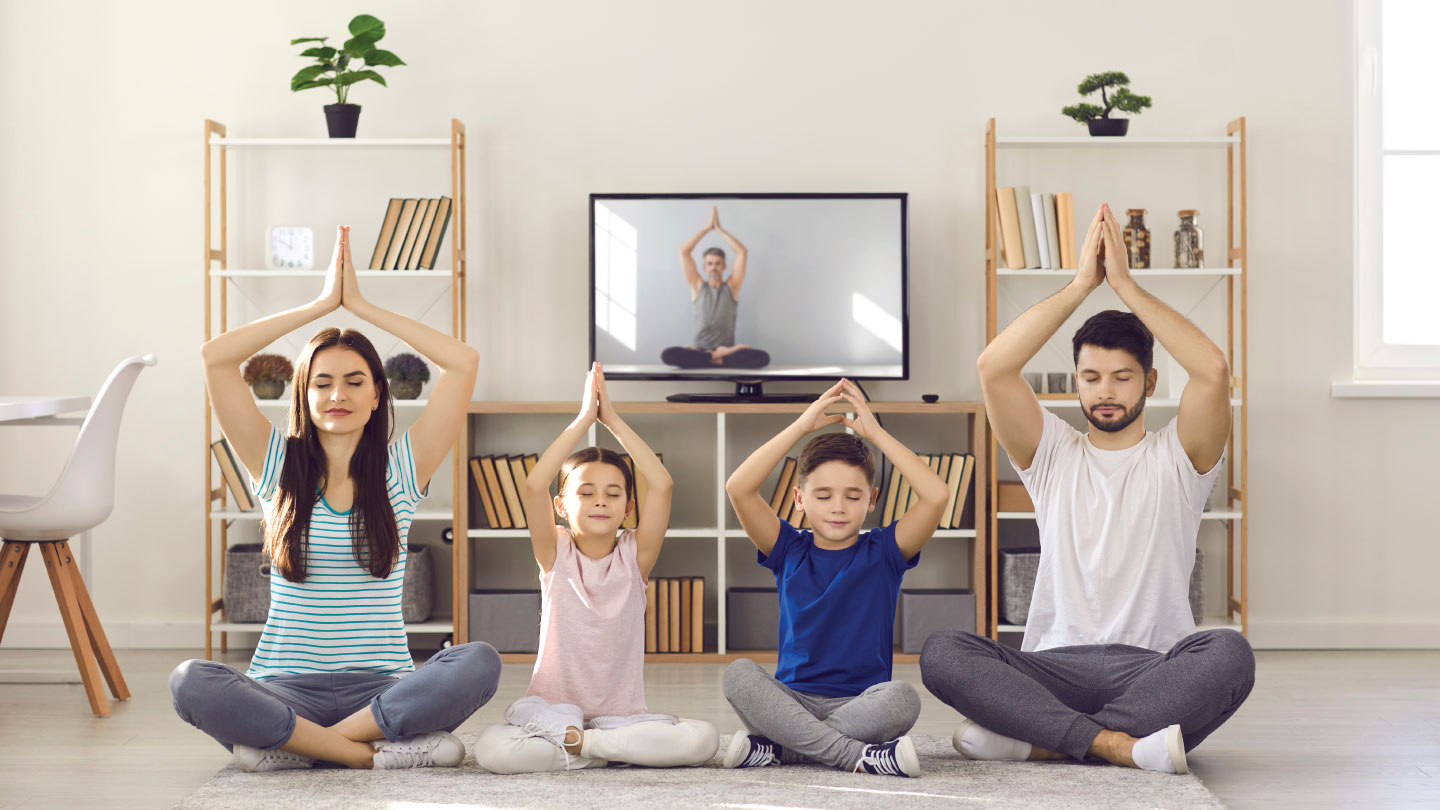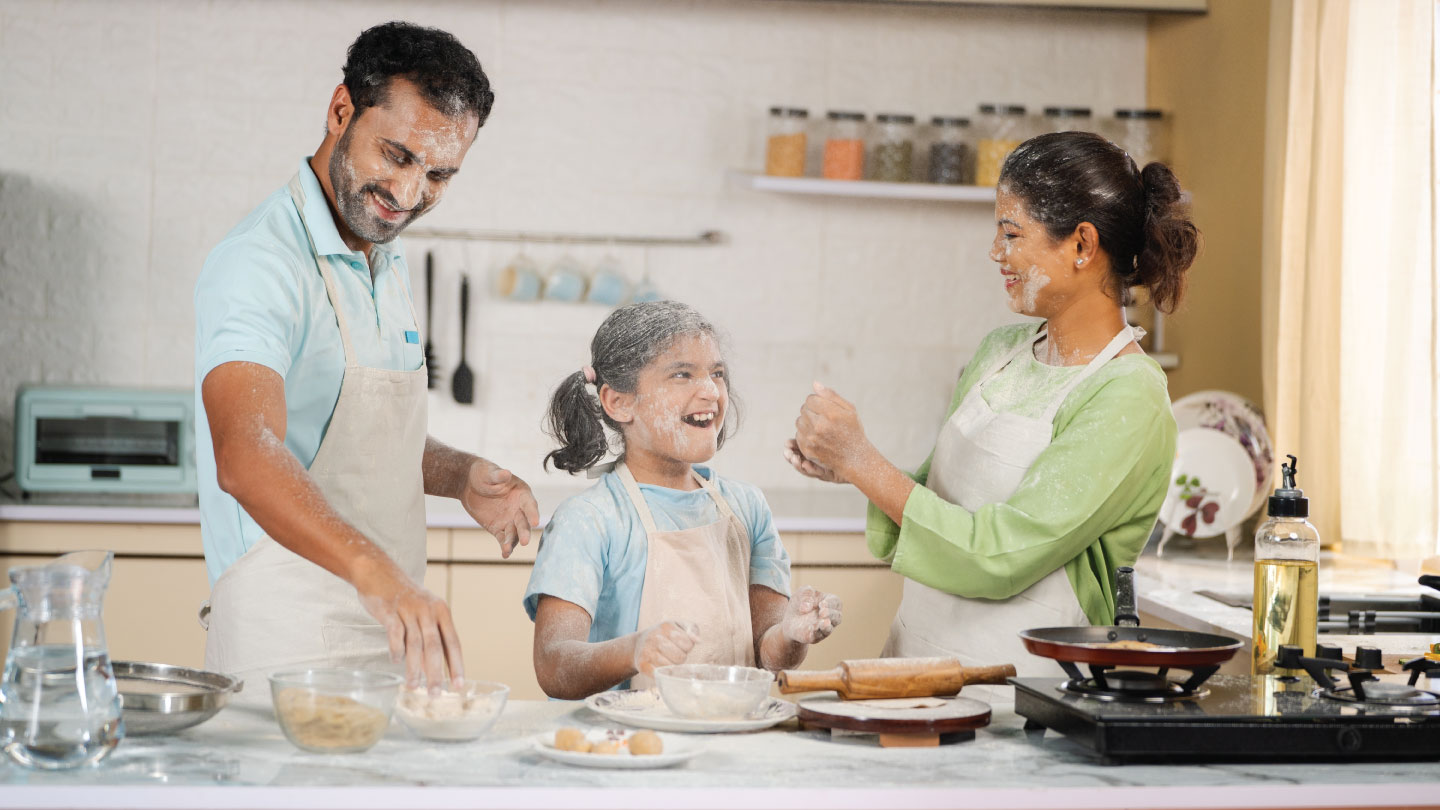Parenting
Montessori-Inspired Home Activities to Build Early Brain Power
You don’t need a fancy setup or expensive toys to boost your child’s brainpower. Here’s how Montessori-inspired home activities can foster focus, memory, and problem-solving skills.
.jpg)
Montessori isn’t just a classroom approach; it’s a mindset. It’s about giving children independence, structure, and real-life experiences that strengthen their growing brains. Research shows that Montessori-style environments improve children’s executive function, attention, and social-emotional skills from an early age (Frontiers in Psychology, 2021).
In fact, children who spent their preschool years in Montessori programs demonstrated better academic outcomes and problem-solving skills by age four. You can also bring this developmental boost into your home with a few intentional practices.
Related story: Busy, But at What Cost? The Impact of Over-Scheduling Kids
1. Practical Life Tasks: Building Focus and Independence
Activities like pouring water, sorting laundry, or helping with food prep might seem ordinary, but they’re powerful brain workouts. When children engage in practical life tasks, they refine motor skills, develop focus, and gain an understanding of their environment.
Montessori believed that the hands are the instruments of man’s intelligence. Science supports that engaging the hands activates the same brain regions involved in reasoning and problem-solving (The Global Montessori Network, 2024).
Try this:
- Pour water between the small jugs.
- Sort socks or spoons by size.
- Transfer beans with a spoon into bowls.
These everyday actions encourage precision, patience, and concentration, essential skills for cognitive growth.
Related story: 6 Tips to Raise Confident Kids
2. Sensorial Activities: Strengthening Observation and Categorisation
Young children learn through their senses before they develop abstract thinking. Montessori’s sensorial activities help them classify, compare, and organise sensory input, building early reasoning skills. You can easily recreate this at home. Use simple items that engage the senses of touch, sound, and sight.
Ideas include:
- Texture Matching: Gather cloth pieces (such as silk, cotton, or burlap) and ask your child to pair similar ones.
- Sound jars: Fill identical containers with rice, lentils, or beads and have your child guess by shaking them.
- Nature trays: Collect leaves, stones, and shells to sort by size or texture.
These experiences help children form mental categories, a foundational cognitive skill that is essential for their development.
Related story: 8 Ways to Develop Resilience in Kids
3. Language Development Through Everyday Talk
Language growth doesn’t just come from reading; it flourishes through dialogue. Describe what your child is doing as they act: “You’re pouring carefully. The water fills the cup halfway.” This type of descriptive language enhances both vocabulary and cognitive mapping, as it connects words with sensory experiences, thereby strengthening the connection between them.
Try these practices:
- Use real words for objects (“colander,” “measuring cup”) rather than baby talk.
- Ask open-ended questions: “What do you think will happen if we add more water?”
- Before reading, do a “picture walk” and predict what might happen next.
These conversational prompts train attention, memory, and reasoning while expanding your child’s communication skills.
Related story: How To Talk So Kids Will Listen
4. Object Permanence Games: Training Memory and Logic
Simple activities, such as hiding a toy under a cup and asking your child to find it, do more than entertain; they teach object permanence and logic. Understanding that something exists even when unseen strengthens memory circuits and abstract thinking.
Try this:
- Hide a small toy under one of three cups and ask your child to track it.
- Play peek-a-boo with variations: cover the toy, then switch it around.
- Use boxes with lids or flaps to find what’s missing.
Each repetition strengthens working memory, the mental workspace essential for learning.
Related story: Teaching Kids How To Label Their Feelings
5. Small Projects: Nurturing Planning and Cause-and-Effect Thinking
Mini-projects, such as planting a seed, baking, or building a block tower, teach sequence, patience, and cause-and-effect relationships. When children follow steps and see results (“We watered it, now it grew”), they grasp the concept of logical progression.
A 2023 meta-analysis found that Montessori environments enhance not just cognition, but also socio-emotional and academic outcomes, suggesting that practical, sequential tasks support overall brain development (Teaching and Teacher Education, 2023).
Try this:
- Let your child mix ingredients while cooking.
- Create a daily plant-watering routine.
- Build a simple craft that requires multiple steps.
Each structured sequence improves attention span and problem-solving abilities.
Related story: Mindful Parenting: Tools to Manage Hectic Situations
6. Freedom Within Limits: Decision-Making Made Simple
Montessori classrooms emphasise freedom within structure. You can replicate this by offering your child small, meaningful choices, such as “Would you like to paint or build with blocks?” This autonomy builds internal motivation and cognitive control. Studies show that children allowed to make guided choices stay more engaged and develop stronger executive functions (Frontiers in Psychology, 2021).
Try this:
- Offer two activity trays at a time.
- Let your child choose their clothes from two options.
- Ask them to decide the clean-up order (“Shall we put books away first or crayons?”).
Simple decisions help them plan, prioritise, and think ahead, key components of early cognition.
Related story: How to Raise Your Kids in the Digital Age
7. Reflection Time: Encouraging Self-Awareness
At the end of the day, ask your child what they enjoyed or learned. Questions like “What did you discover today?” or “What was tricky?” help develop metacognitive skills, which involve thinking about one’s own thinking. Even young children benefit from reflection. It supports self-regulation, planning, and emotional understanding (Frontiers in Psychology, 2021).
Make it a habit:
- End each activity with “What did you notice?”
- Praise effort over results (“You focused really well!”).
- Monitor your blood pressure regularly.
This teaches children to value learning itself, not just success.
Related story: Why Teaching Kids to Label Emotions Changes Everything
Why These Activities Matter
Early childhood is a critical period during which the brain grows at its fastest rate. Every sensory experience, movement, and interaction strengthens neural connections. Montessori’s emphasis on independence and self-paced learning aligns with what neuroscience confirms today: active engagement shapes lasting learning pathways.
Children who experience consistent Montessori-inspired activities tend to show better attention control, adaptability, and social reasoning later in life (Frontiers in Psychology, 2021). You don’t need specialised materials, just a mindful approach. Let your home be a space where curiosity thrives and mistakes are part of learning.
Related story: Building Good Habits In Kids: How To Give Back During Holidays
Montessori-inspired activities don’t require perfection. They require patience, trust, and a willingness to take things slowly. When you let your child pour their own juice, match textures, or decide what to play next, you’re doing more than keeping them busy; you’re nurturing their brain’s architecture.
Related story: This Mindset Can Reduce Stress and Help Raise Smarter Kids
We see you! Get exclusive access to the best parenting advice from experts. Sign up today.
EXPLORE MORE
We’re told to encourage our kids, but could “amazing!” and “perfect!” actually fuel self-doubt? And is there a better alternative to encourage children?
Easy-to-follow breathing routines designed to support calmness, better concentration, and emotional balance in your kids.
From nutrition to physical activity, here’s a checklist for often-missed precautions.
Here’s how to help your kids and yourself ease back into calmer routines without losing your sanity.








